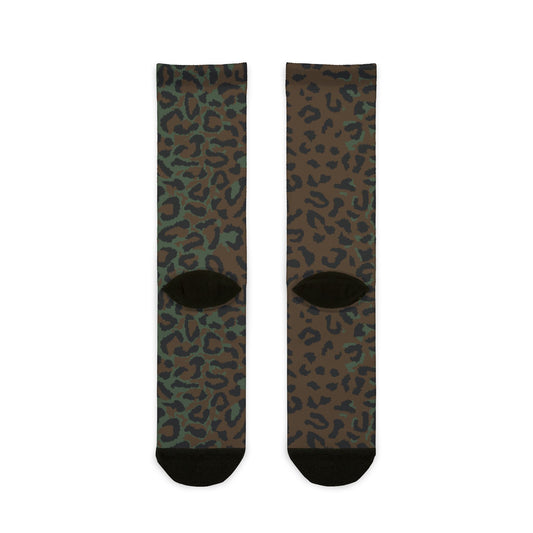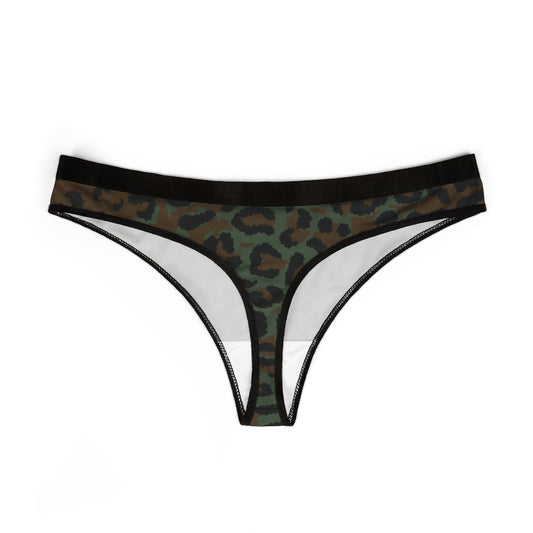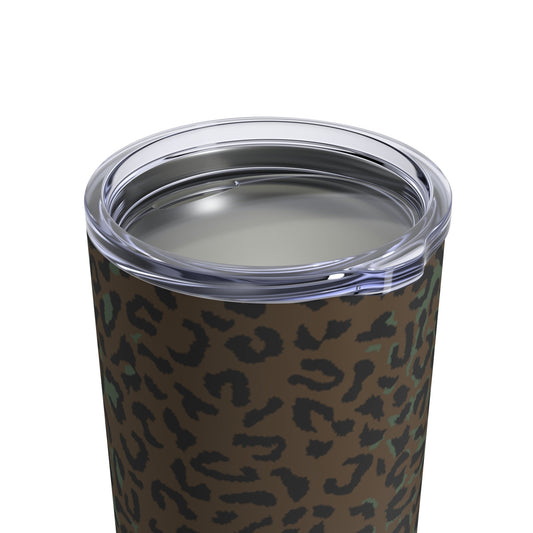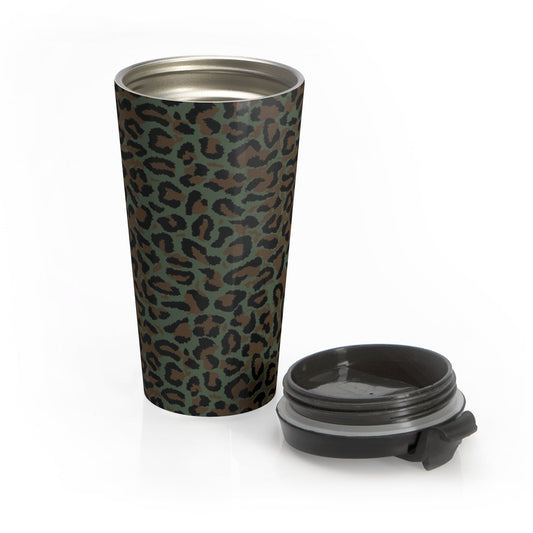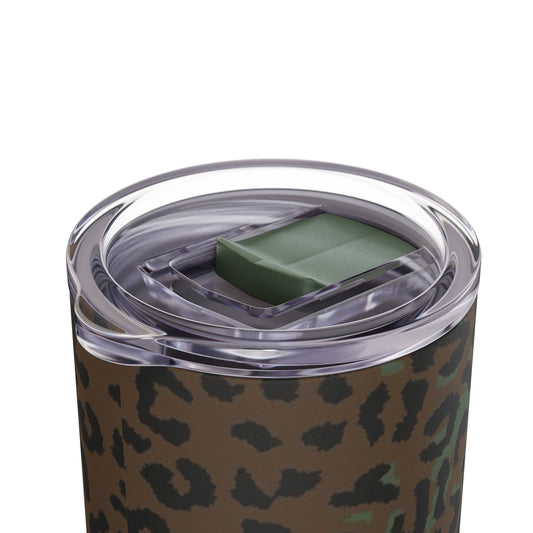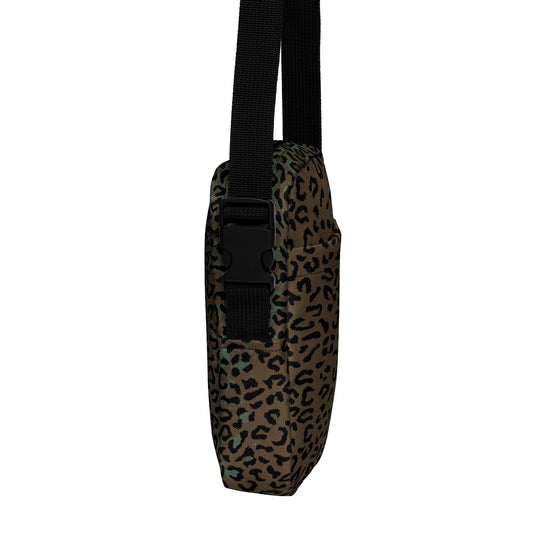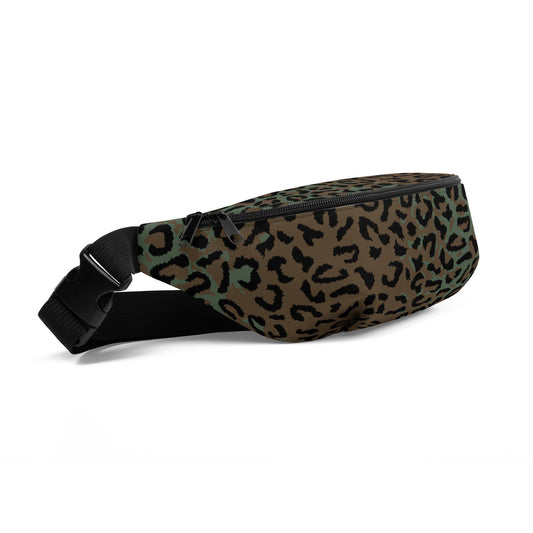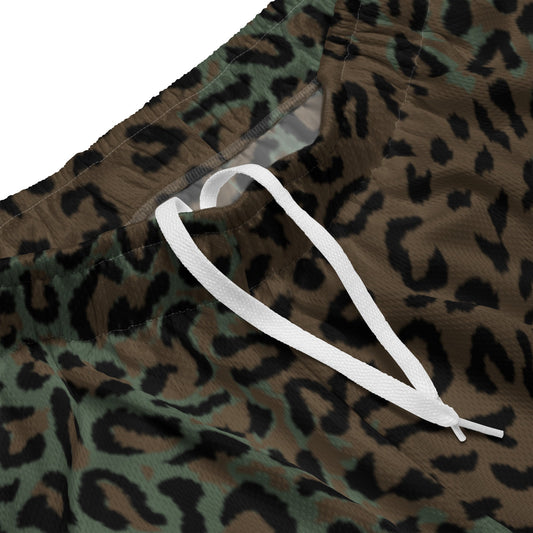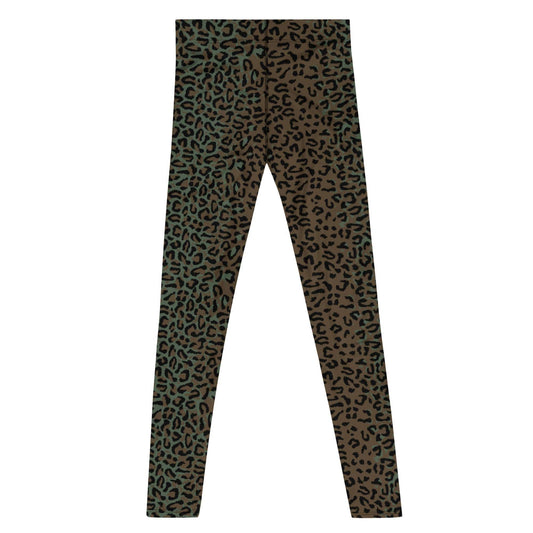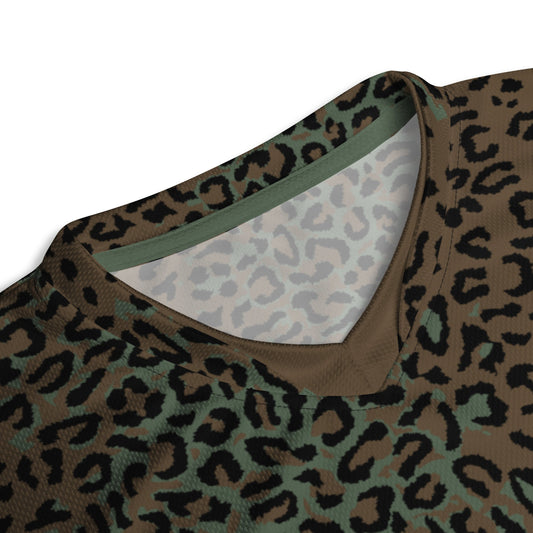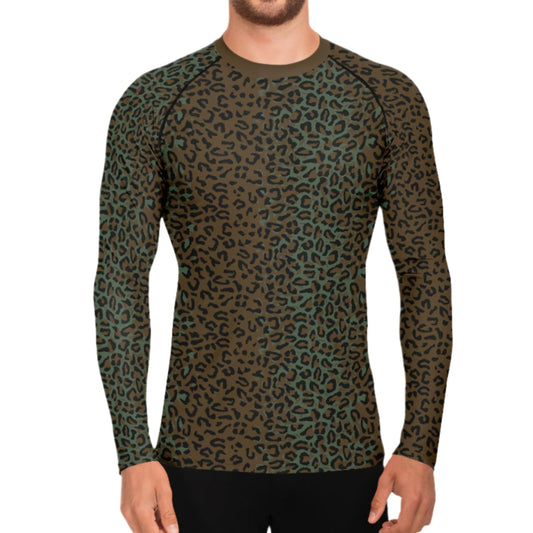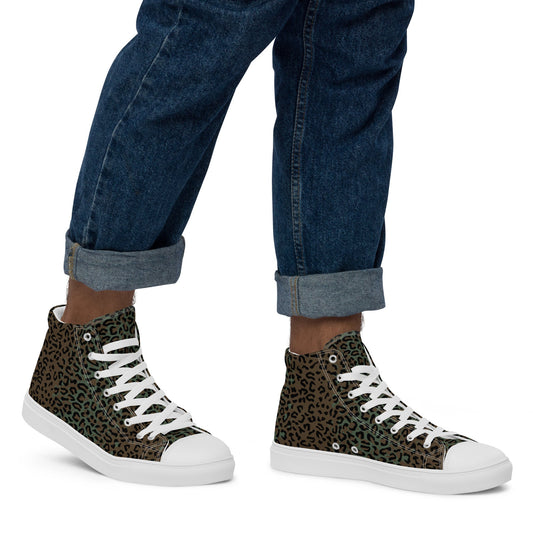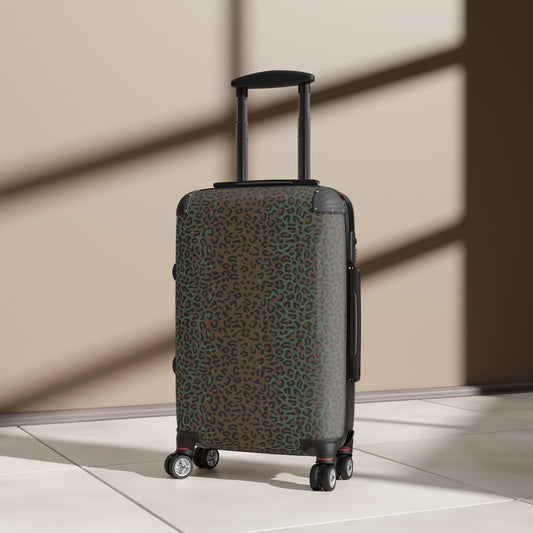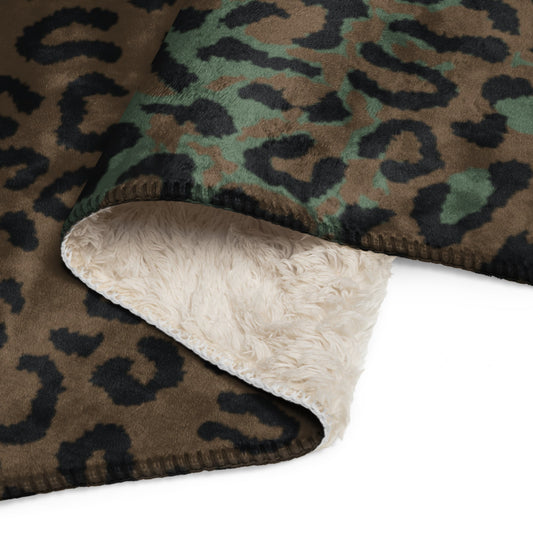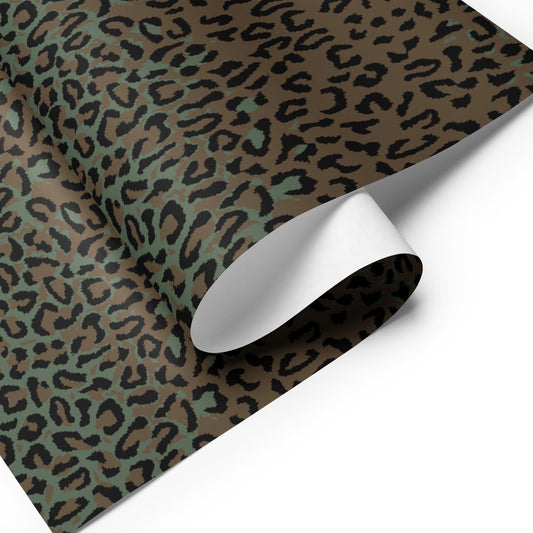This pattern’s development was influenced by the need for a versatile camouflage that could adapt to various environments, from the lush rainforests to the arid savannas and mountainous regions. The coloration and design were meticulously chosen to blend seamlessly with the rich biodiversity of Zaire, where the interplay of light and shadow, coupled with the complex vegetation, demanded an innovative approach to concealment. The ability of this pattern to function effectively across such diverse terrains highlights the sophisticated understanding of environmental dynamics that informed its creation.
The Zairean Leopard Spot Camouflage Pattern also reflects both indigenous inspiration and colonial legacy in African military design. Emerging in the 1970s under President Mobutu Sese Seko during a period of strong national identity-building, it was primarily worn by the elite Kamanyola Division. While inspired by the leopard—a cultural symbol of strength and authority across Central Africa—the pattern’s conception and manufacture reveal enduring European influence. Belgian “brushstroke” and “jigsaw” patterns, themselves rooted in British postwar design, had long equipped Zairean troops. The leopard spot variant represented a departure from these imported templates, adopting irregular black and brown markings across a pale tan base that mimicked dappled light through forest canopies. Though distinctively African in theme, evidence indicates that Belgian textile manufacturers were likely involved in its early production, with similar designs later appearing in Chad and Libya.
As with many African military uniforms of the Cold War era, Zaire’s camouflage evolution illustrates the interplay between local identity and inherited military frameworks. The Leopard Spot pattern thus stands as a hybrid creation—a synthesis of African symbolism and foreign textile engineering—that captured both the continent’s visual heritage and its geopolitical connections.
In addition to its practical applications, the Zairean Leopard Spot Camouflage Pattern holds significant cultural and symbolic value. The leopard, revered in many African cultures for its strength, agility, and elusive nature, represents both a formidable predator and a symbol of resilience. Incorporating its natural patterns into military design not only provided effective concealment but also infused the uniform with a sense of local identity and pride. This cultural resonance was particularly important during a time of national transformation, as Zaire sought to assert its sovereignty and distinctiveness on the global stage.
The technical aspects of the pattern also reflect an advanced approach to camouflage science. The irregular spot distribution disrupts visual perception through a technique known as “counter-shading,” where contrasts in light and dark create an optical illusion of depth and form disruption. This method reduces the likelihood of detection by both human observers and, potentially, by surveillance equipment, which was becoming increasingly sophisticated during the era of its development.
Moreover, the Zairean Leopard Spot Camouflage Pattern exemplifies a broader trend in military design where environmental and ecological considerations are paramount. By leveraging local natural motifs, the pattern not only achieved tactical effectiveness but also demonstrated a sustainable approach to military gear design. This reflects an early understanding of biomimicry principles, where solutions are derived from studying and emulating nature’s time-tested patterns and strategies.
From a historical perspective, the Zairean Leopard Spot Camouflage Pattern not only served a practical military function but also embodied a sense of national identity and pride. It was a symbol of the country’s connection to its natural heritage and its strategic efforts to harness local elements for defense purposes. This pattern reflects a broader trend in camouflage design where local fauna and flora are used as foundational elements, ensuring that military uniforms are not only functional but also culturally resonant. The enduring legacy of this design continues to influence modern camouflage patterns, underscoring its lasting impact on both military and cultural landscapes.



